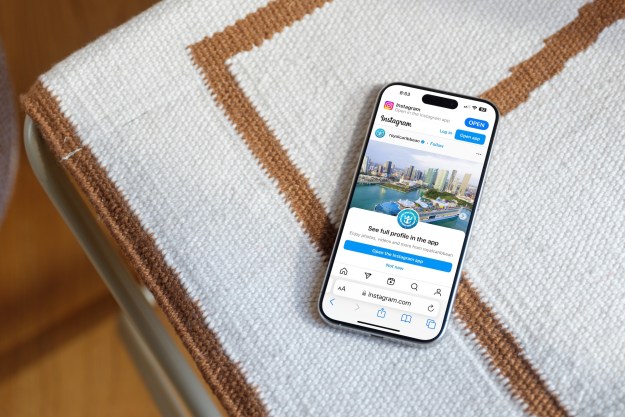
Don’t worry — you’ll never see the score (we should hope), but it does exist. Austin Carr of Fast Company managed to swallow his pride and exclusively discover his score, but as he writes, “I’ve regretted learning it ever since.” Tinder CEO Sean Rad has verified the existence of the scoring system, calling it a measure of “desirability.” It’s not just about your profile picture, and moreover, Rad says, “It’s not just how many people swipe right on you. It’s very complicated. It took us two and a half months just to build the algorithm because a lot of factors go into it.”
None of this, however, is all that effective in convincing anyone that it’s not really just a way of determining how hot Tinder users think you are.
Sure, Tinder isn’t the only platform that gives you a ranking or a rating — for all we know, your Uber rating could one day become a pickup line (or maybe it already is). But of course, there’s something distinctly personal about this particular rating. And at the end of the day, Tinder data analyst Chris Dumler says, it’s just a “vast voting system.”
“Every swipe is in a way casting a vote: I find this person more desirable than this person, whatever motivated you to swipe right. It might be because of attractiveness, or it might be because they had a really good profile,” Dumler told Fast Company. And while that could include anything from a great job to a great alma mater to a really cute dog, it all boils down to a single score.
But really, it’s ok — it’s all for internal use, and engineers say that they’re only applying it to give you greater chances of matching. And in this case, ignorance really is bliss.
Editors' Recommendations
- Tinder Incognito Mode: what it is, how to use it, and why it’s important
- You can now video call your Tinder matches within the app
- You’ll soon be able to video call your Tinder matches


